Hair Loss
 Ashleigh
|
Ashleigh
|
 23 Jul 2025
23 Jul 2025
What is Hair Loss and Why Does It Happen
Losing some hair each day is nothing to panic about. Most folks shed around 50 to 100 hairs daily, just part of the natural cycle. But when you start seeing your scalp more than usual, or your ponytail feels way thinner than it did last year—that’s when it hits different.
Hair loss, or alopecia, doesn’t care if you’re male or female, 22 or 60. It can creep in slow, or it can hit you overnight. Sometimes it follows stress, illness, or hormone changes. Other times, it just runs in the family and picks its own schedule. And when it starts, it tends to mess with confidence fast.
At Sanford Pharmacy, people come in all the time asking if what they’re going through is normal or not. Truth is—hair thinning isn’t rare. But understanding why it’s happening makes a big difference in what you can do next.
Causes That Lead to Hair Fall
There’s never just one reason. Sometimes, it’s a mix of stuff piling up at once. Hormones? Huge one. Women dealing with pregnancy, menopause, or PCOS hair loss know that all too well. And men? Genetics tends to be the heavyweight champ there.
Stress—yeah, that’s a biggie too. Physical or emotional stress can shake things up. So can crash diets, iron deficiency, or even using harsh shampoos that strip your scalp dry. Thyroid problems also sneak in quietly and take their toll.
And lately, a lot of folks have been talking about covid hair loss—shedding that starts weeks after recovery. It’s real, and it usually shows up as sudden, even handfuls of hair falling during brushing.
For some gym-goers, there's been concern around creatine hair loss, especially in men using it long term. While the science isn't locked in, some say it affects hormone levels linked to thinning.
Even the hair loss shampoo you use might not be helping if it’s filled with sulfates or drying agents.
The Different Types of Hair Loss People Experience
Not all hair loss looks the same. For some, it’s slow, quiet thinning. Others might notice full-on patches disappearing overnight.
Androgenic alopecia is the big one—it’s genetic and leads to gradual hair thinning over time. In men, it usually starts at the temples or crown. In women, it can show up as overall thinning, especially at the part.
Then there’s alopecia areata, which shows up as small bald patches, sometimes as big as a coin. It can affect anyone, even children with hair loss, which can be especially tough on confidence.
Telogen effluvium hits after stressful events, illness, or sudden diet changes. That’s where most covid hair loss falls under. It doesn’t always mean permanent damage, but it does mean the hair has hit pause on growth.
Early Signs That Your Hair is Thinning
It’s not always obvious at first. Maybe your scalp’s peeking through more than before. Maybe your brush fills up faster, or you notice more strands on the pillow. For women, it might be that your ponytail feels skinnier. For men, maybe the hairline's backing off slowly.
If you're asking yourself if you're just imagining it—you're probably not. Sometimes friends or family notice before you do. When it’s caught early, you’ve got more options to slow it down or reverse it.
Things You Might Be Doing That Are Making It Worse
Not everything you do is helping your hair. Tight ponytails? Braids pulled too hard? That stuff adds up. It tugs at the roots and weakens them over time.
Blow-drying daily, flat-ironing without heat protection, skipping conditioner—these things slowly chip away at your hair’s strength. Some shampoos dry the scalp out bad, especially ones not made for thinning hair. That’s why a gentle hair loss shampoo is better for daily use.
Diet matters too. Eating low protein, cutting calories too hard, or not getting enough sleep can trigger shedding. Same goes for high stress levels that never let up. And yep, even creatine hair loss is a concern if you’re using supplements that mess with your hormonal balance.
Can Hair Grow Back or Is It Gone for Good?
Depends on the reason. The good news is, not all hair loss is forever. If it’s from stress, poor diet, or a medical issue like thyroid imbalance, it often comes back once the body settles down.
PCOS hair loss, for example, can improve when hormone levels are treated. Same goes for covid hair loss—most people see regrowth within a few months once the hair cycle resets.
But with scarring alopecia or long-term pattern baldness, regrowth gets tougher. That’s why acting early is key. Waiting too long makes the path to recovery much steeper.
Real Treatments That Actually Help
Forget the miracle oils and “magic” hair masks. They might smell nice, but real results usually come from things backed by research.
Minoxidil—a foam or drop used twice a day—is one of the few over-the-counter treatments proven to work. It doesn’t fix everything, but it can slow shedding and even regrow hair for some.
For men, finasteride is another option, though it’s prescription-based. Women dealing with hormonal imbalance may benefit from spironolactone for hair loss, which blocks the androgens that shrink hair follicles.
Other options include PRP therapy, where your own blood is used to stimulate the scalp, and microneedling or laser caps, which help with blood flow.
Sanford Pharmacy carries a range of clinically-backed hair loss shampoo and supplements that support these treatments, especially when used consistently.
Natural Remedies and Diet Tips Worth Trying
Not everyone wants pills or foams, and that’s okay. Natural options can still support healthier hair, even if they’re slower.
Get your iron and vitamin D levels checked—both are key for hair strength. Biotin and zinc also help, especially for those not getting enough from food. Eat more eggs, lentils, leafy greens, and nuts. Protein isn’t just for muscles—it feeds hair too.
Scalp massage with rosemary oil or castor oil a few times a week? That helps with circulation, which means better nutrient flow to follicles. Just don’t expect overnight miracles—it’s a long game.
And for PCOS hair loss, balancing blood sugar through better diet choices and reducing inflammation can really move the needle.
When Should You See a Doctor About Your Hair?
If your shedding hasn’t slowed down in months, or you’re seeing actual bald patches—get it checked. Especially if it’s paired with other symptoms like irregular periods, fatigue, or weight changes. That might point to thyroid, PCOS, or other hormonal issues.
Children with hair loss should always be seen by a doctor. It’s not something to brush off. Same for anyone with painful or red patches on the scalp—it could mean infection or scarring starting.
At Sanford Pharmacy, we always suggest documenting your symptoms. Take pictures, track the shedding. The more you can tell your doctor, the quicker you’ll get answers.
Keeping the Hair You’ve Got Healthy
Even if you’re losing some hair, you can still protect what’s left. Use a wide-tooth comb to avoid pulling. Be gentle when towel drying. Say no to super hot showers that dry the scalp out.
Go easy on heat tools and avoid chemical treatments when possible. And if you’re picking a shampoo, make sure it’s sulfate-free and designed for thinning—like the hair loss shampoo options we carry at Sanford Pharmacy.
Hair loss can be frustrating, even scary. But it’s not something you have to just accept. The sooner you start caring for your scalp and body, the better your chances at holding onto the hair that’s still hanging on.
Categories

What Is Sucralfate Used For?
 Abdullah
Abdullah
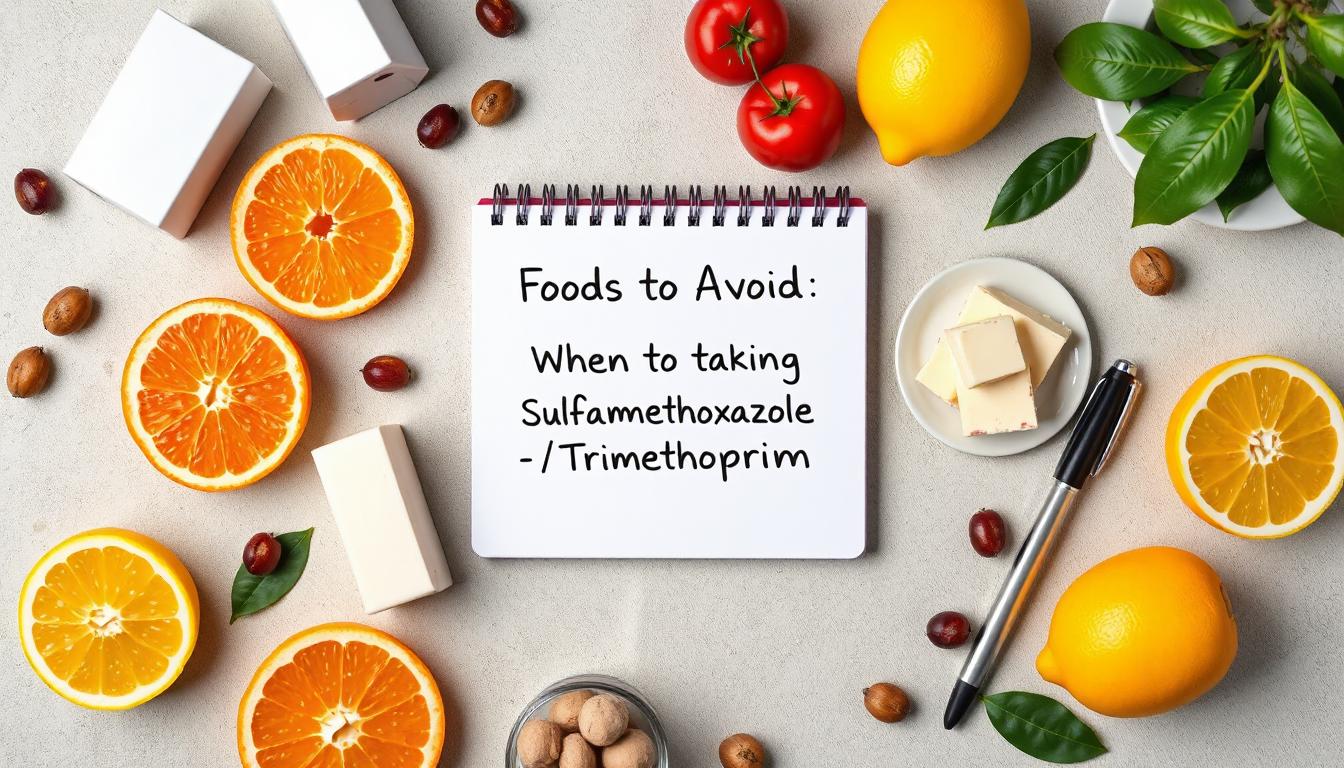
Foods to Avoid When Taking Sulfamethoxazole / Trimethoprim
 Ibrahim
Ibrahim

What Is Rifaximin Used For?
 Aden
Aden
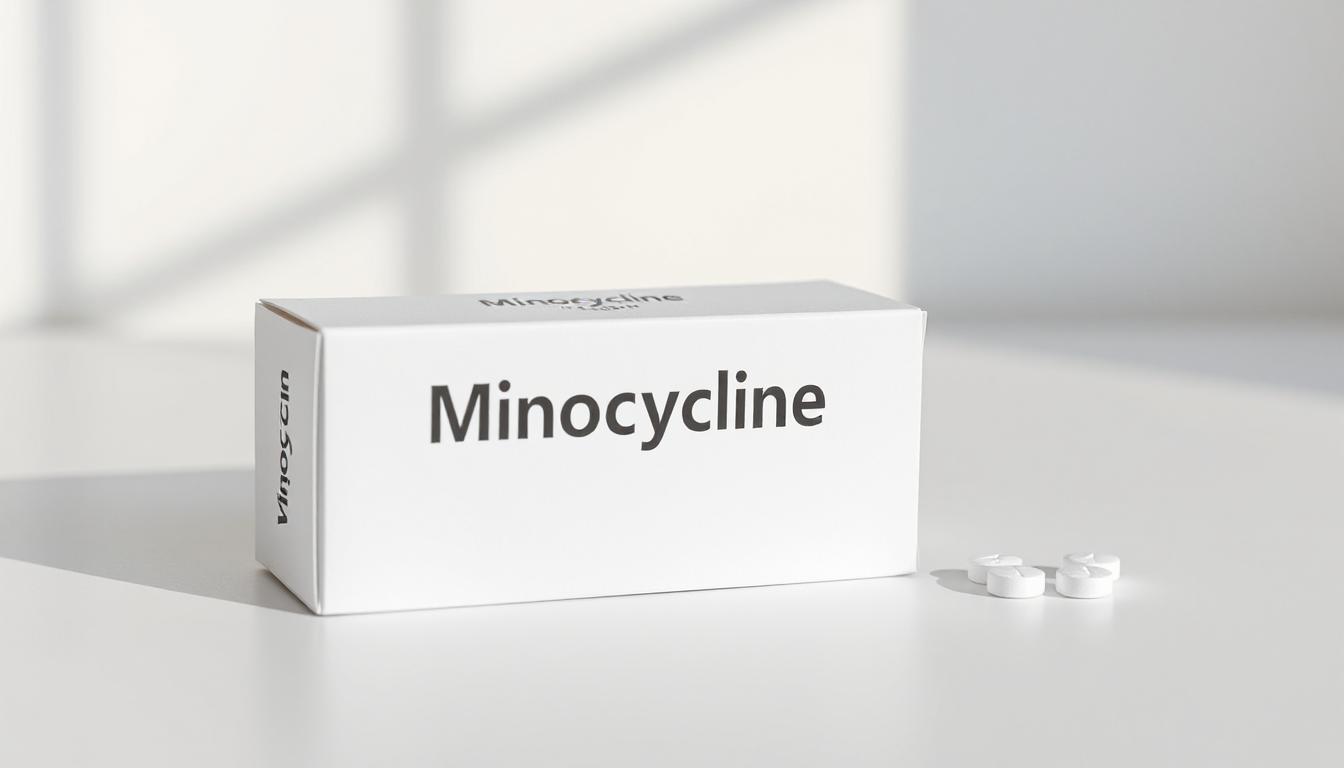
What is Minocycline?
 Tina
Tina

How Long Does Levofloxacin Stay in Your System
 Annette
Annette

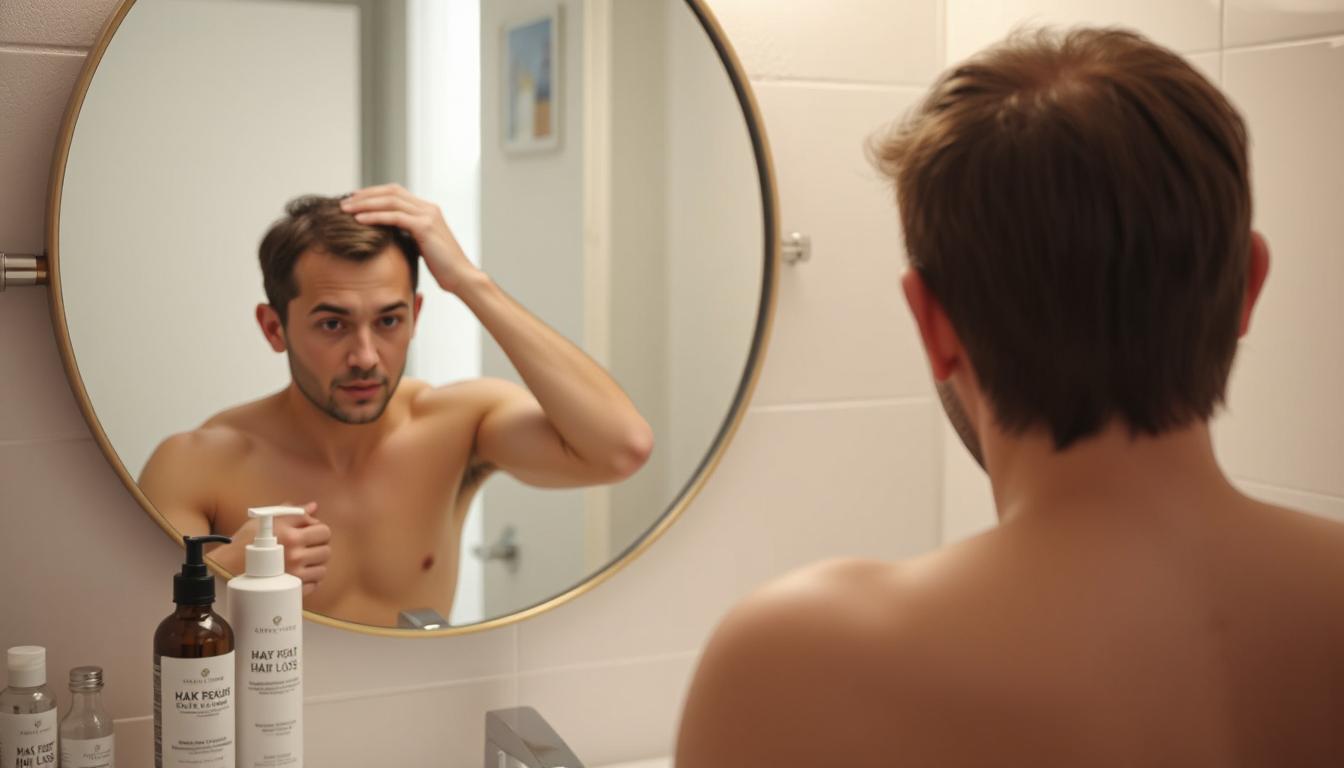
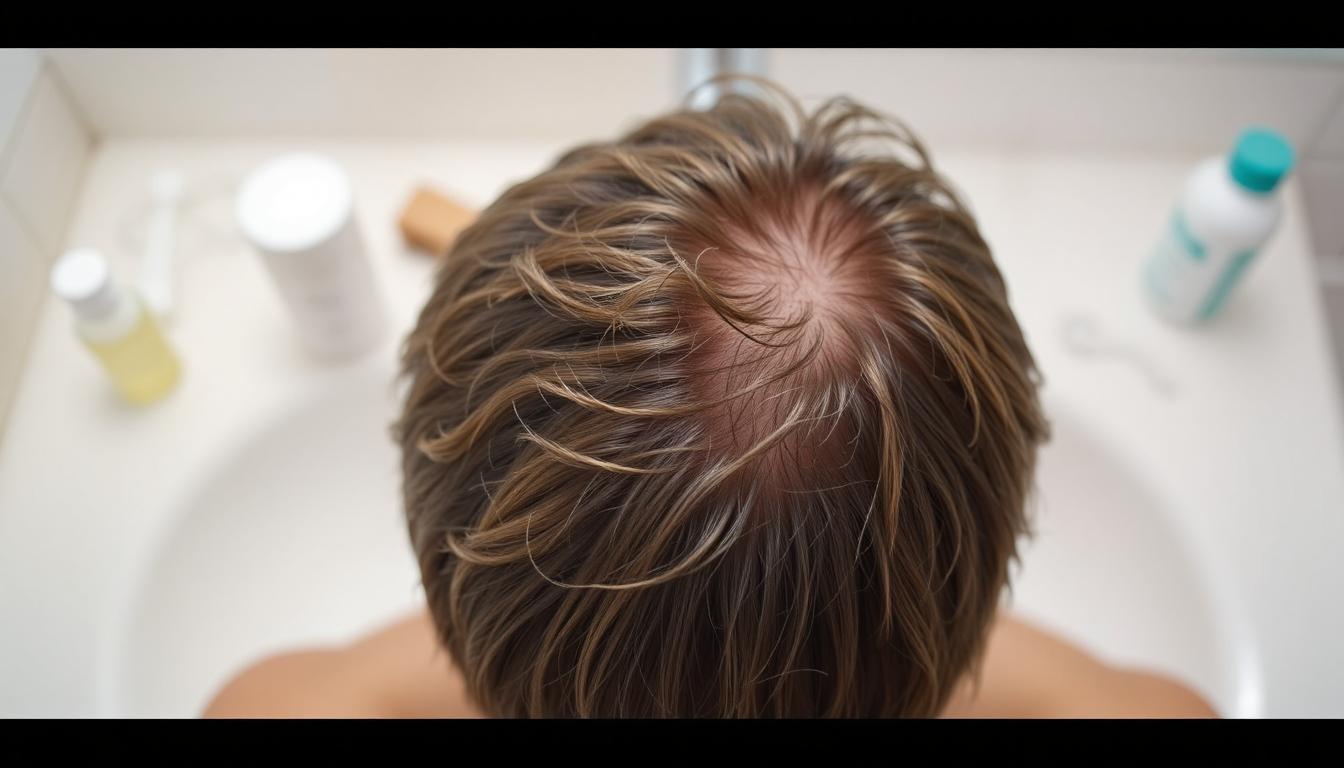








.webp)
.webp)
-(2).webp)
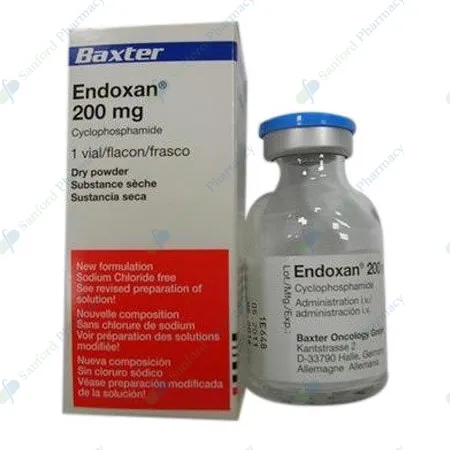
.webp)